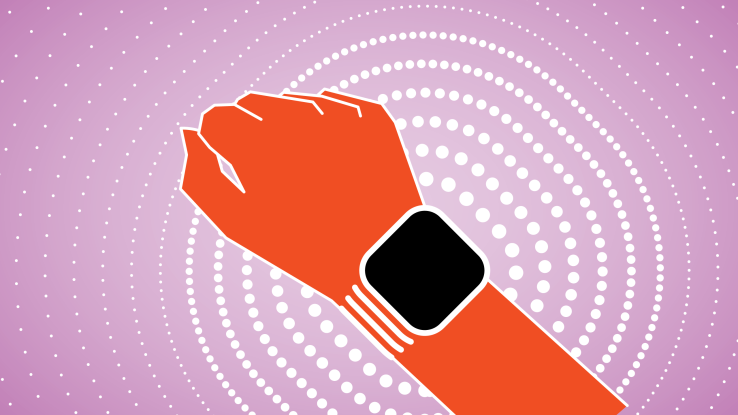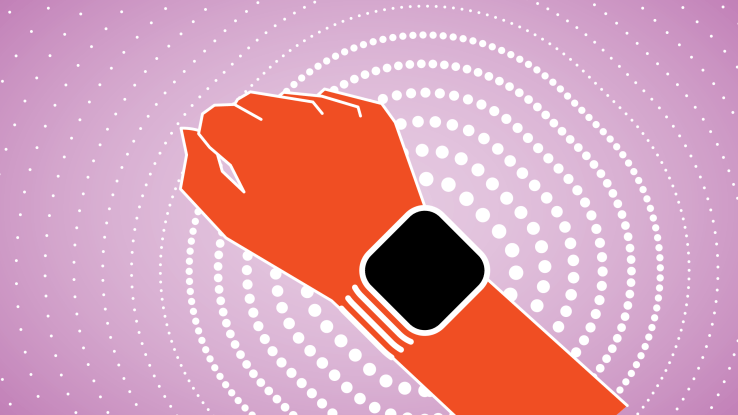

For years, many of the key components of wearables have been drafting off the strengths of the smartphone supply chain. During the last two years, the application processors and sensors for wrist and head-worn wearable products have more or less been taken off the parts bin of low and mid-tier smartphones.
This is typical of the early stages of any new mobile device category introduction, as manufacturers carefully balance features, performance, form factor and price for an unknown market. Using proven components with the economy of scale helps maintain this balance as new devices are introduced to the market.
A downside of this approach has been old and suboptimal technology finding its way onto wearables in the market today. For example, the Texas Instruments (TI) OMAP mobile processor, which was designed out of smartphones around 2013 when TI exited the mobile market, has been found in nearly every smart glasses device and even on the popular first generation Moto 360 smartwatch.
Many of the micro displays found in smart glasses today originate from electronic viewfinders and pico projector devices. These have far more tolerant power consumption and heat dissipation requirements, given their larger size, which made them ideal for use in wearable devices. While the Frankenstein treatment of parts from other devices can create a wearable device, ultimately, this practice will result in products that deliver an unsatisfactory user experience, particularly around form factor, battery life and comfort.
In 2016 we are seeing the tide turn. Manufacturers across the entire mobile industry supply chain are introducing new products directly targeted for wearables. Processors are getting smaller and more power efficient and performance is tuned for the unique needs of the category. The entire industry of flexible electronics, batteries and displays are being driven largely by the needs of the next-generation wearables.
Silicon, display, and sensing technologies for wearables
Some early examples of this change can be seen on the silicon side. Apple’s S1 system in package is designed specifically for the Apple Watch, with a custom processor and a wireless charging chip (an Apple first). In addition, Samsung just announced the Bio-Processor, which embeds a variety of analog-to-digital converters on top of a low-power mobile processing unit. It’s designed for the wrist-worn wearables that carry far more biosensors, as they are positioned in the market to be an integral part of the quantified self.
In 2016, wearables will finally get the respect they deserve.
This development is notable because it clearly shows an attempt to move toward a single-package solution that optimizes circuit board footprint, cost, power and assembly complexity. Unlike smartphones, the objective is not necessarily to build more processing power for the latest and greatest operating systems and apps, but to optimize the available power and processing (which, of course, will increase over time) to fit the form factor.
This drives the development toward a one-package solution integrating multiple chips to enable smaller, more fashionable and longer-lasting wearables.
There have been three major developments in wearable display technology: the movement away from LCD, flexible/curved displays and non-rectangular displays. Long before these became trendy to talk about in smartphones, wearables drove the initial mass-market introductions for these.
Samsung Gear Fit and S featured curved displays before it was introduced on the Galaxy Round, followed by Galaxy Note Edge. LG and Motorola drove the movement toward round displays, and it’s safe to assume that the next evolution will be a near bezel-free OLED module for smartwatches of all kinds.
OLED has unique power and performance benefits in wearables. First, by only powering the pixels that stay active, there are some energy advantages that enable a lower-power ambient mode. This was one of the reasons why the LG G Watch R was able to outperform the Moto 360, which used an LCD, in battery life.
Secondly, OLED used in smart glasses can drive a borderless see-through active projection display area, getting rid of the grayboxing effect found on liquid-crystal-based displays requiring a backlight. The gains in user experience of a true borderless head-worn display in a mixed reality environment are massive, because it enables an improved blurring of the real versus the virtual environment.
Another notable example of wearable-empowered innovation in display technology is digital light processing (DLP), making a comeback targeting smart glasses after losing the large projection market. It, too, drives performance gains over the traditional LCD-based pico projectors. Of course, it would be wrong to pass over Magic Leap, whose foundational technology is not yet public but is reportedly driving generational improvements in head-worn displays.
On the sensing side, Microsoft HoloLens contains a variety of new miniaturized sensors combined with a co-processor called the holographic processing unit, which represents a first-time integration for wearables. Similarly, Intel RealSense has been integrated in the DAQRI Smart Helmet.
On the automated speech recognition front, Google and Apple’s voice recognition technology has been evolving in some part due to wearables — “ok, glass” came before “ok, Google.” At this year’s CES, Kopin demonstrated their Whisper chip, which greatly increases the quality of the voice input even in the noisiest environments. This combination of hardware and software enhancements deliver a frustration-free human-wearable interface, particularly important since typing as a form of data entry is not possible.
Who leads the pack?
You may have already noticed that the manufacturers who have a vertically integrated supply chain — Apple, Intel, Samsung, LG and Microsoft, are championing this drive. We expect wearables to be the driver of many of the mobile technology innovations going forward as more and more companies follow suit.
No longer will wearables be a grab bag of leftover smartphone parts. In 2016, wearables will finally get the respect they deserve. This will be the year when wearable technology begins to look and feel more like the traditional wearables we are familiar with, while unlocking an entire set of capabilities that we expect from smart devices.
Featured Image: Bryce Durbin

